In the center of Botswana we find a very interesting area which is a large salt marsh that extends 12,000 km². This salt marsh is divided by the main road that runs from Maun to Nata, forming two National Parks: Nxai Pan National Park and Makgadikgadi Pan National Park.
The Makgadikgadi Pan is an area south of Nxai Pan known as the “rough and lifeless land.” This meaning of its name lies in the set of salt flats that form a surreal and impressive landscape. It covers an area of about 3,900 km².
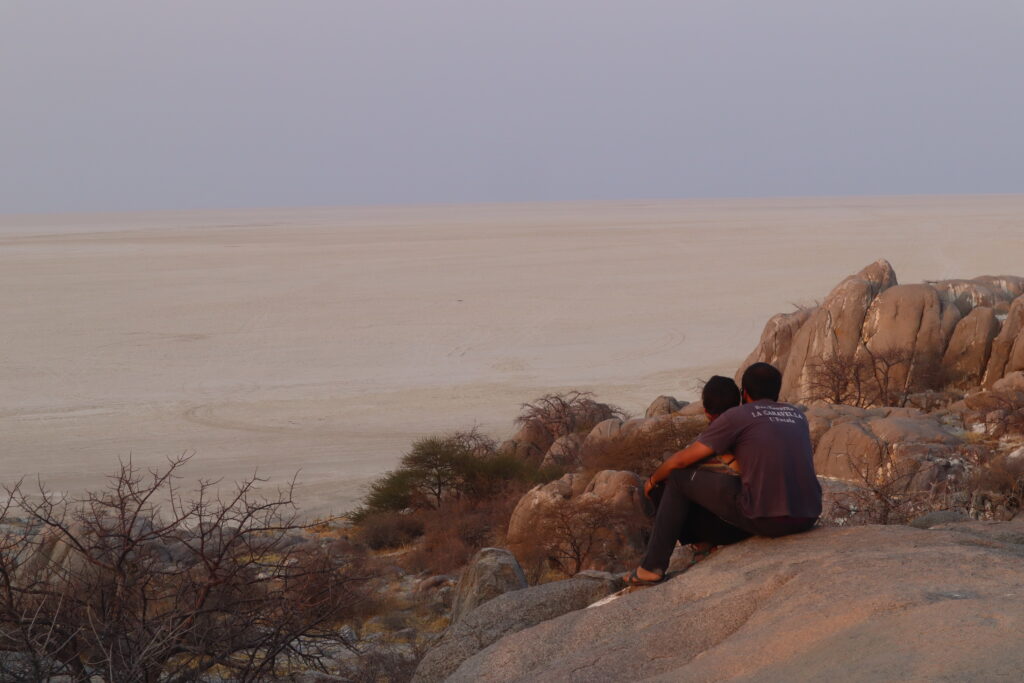
During the dry season, from May to October, it is a good time for animal sightings as large herds of wildebeest and zebras are concentrated there because they begin their migration to the Boteti area. You can also see giraffes, elands, kudus, gazelles, oryx and some elephants, among others. During the rainy season, from November to April, many zebras come to the area to feed on the grass that grows around the salt marshes. April is a good month to see them as they migrate to Chobe National Park.
To enter the Makgadikgadi Pan, we find three main entrances:
+ Phuduhudu Gate, located on the road from Maun to Nata. Coming from Maun, we find this gate to the south just before reaching the Nxai Pan.
+ Khumaga gate, located to the west of the park and where you have to cross a river by ferry. Next to this door is a public campsite with baths and showers. There is also the option to stay at Boteti River Camp, a simple accommodation that offers the option of dinner and breakfast included.
+ XireXawa Gate, much less crowded and located east of the park.
Within the national park, there are also different mobile camps where camping is possible but without any service. It is an area where there is a lot of sand and where a 4×4 vehicle is needed to drive on these types of terrain.
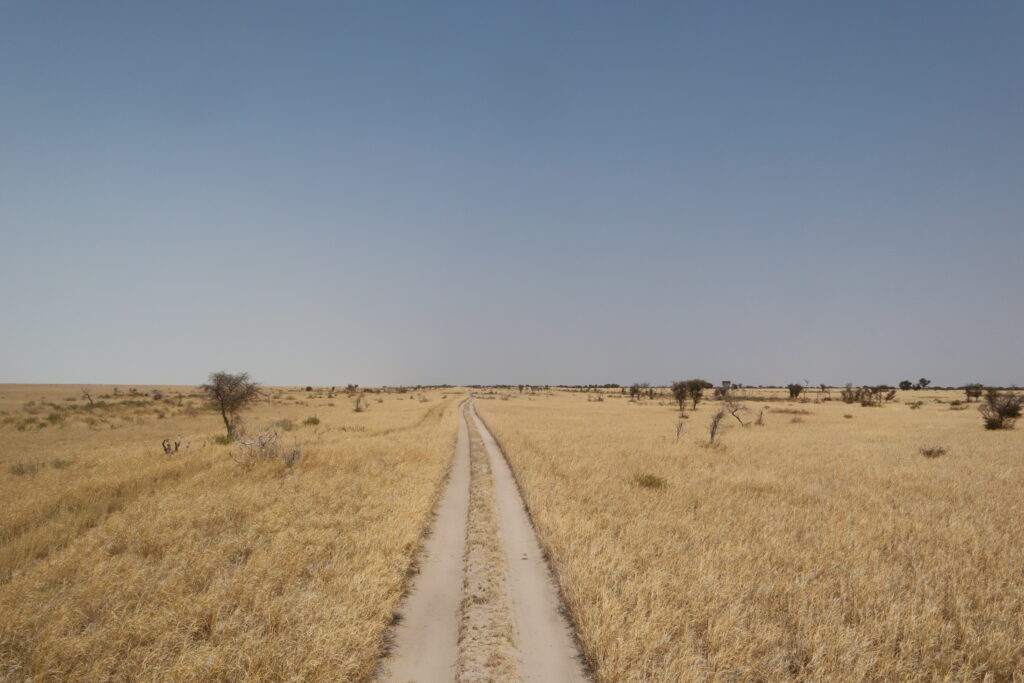
The Makgadikgadi salt pans are considered one of the largest salt pans in the world. This area, the size of Portugal, is a vast flat area that seems to have no end no matter how much you look at the horizon. During the dry and hot weather, the area produces mirages that confuse the driver, with disappearing lakes and mountains that are, in reality, rocks. However, during the rainy season, waterholes and natural lakes form and the plains next to them turn green from the grass that grows there. It is at this time, where large herds of wildebeest and zebras come to feed in this area.
It is also possible to see the famous flamingos in Sowa (eastern area), one of the largest salt flats in the area. Zowa, meaning salt for the San people who used to extract salt from this area to sell to the Bakalanga. In the middle of this salt flats, there is one of the most beautiful and curious areas of this part of the country: Kubu island.
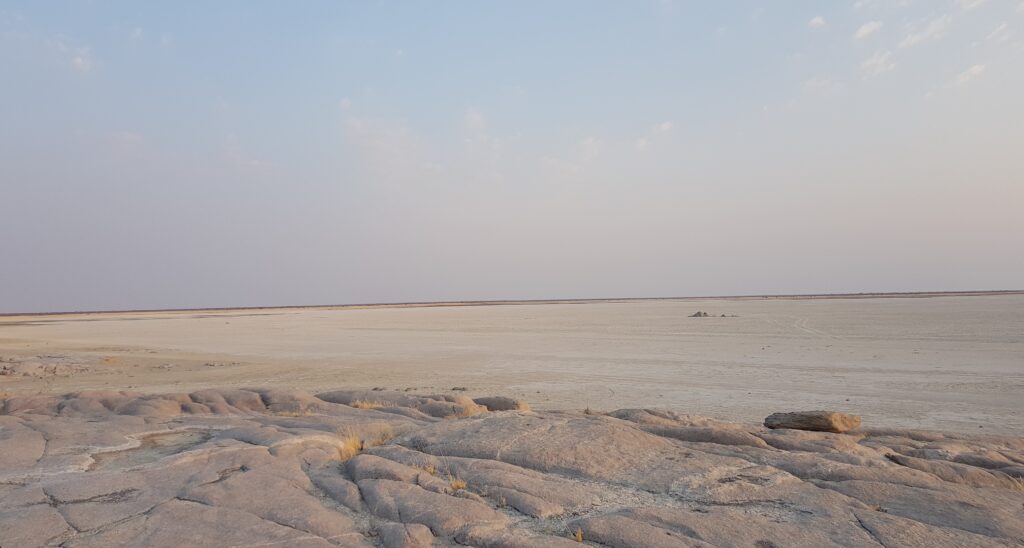
KUBU ISLAND
This granite island, 1 km long and only 10 m high, is located in the middle of the Sowa salt flats, in the Makgadikgadi Pan. The name Kubu, with the Tswana language, means hippopotamus. On the island, we can find hundreds of baobabs, which stand out in the middle of a salty desert region. It’s an oasis in the middle of the salt flats, and when you get there, the island suddenly appears like a mirage on the horizon. It is a magical and sacred place for the inhabitants of the area, and once you set your foot in it, you discover that it has a peculiar and different atmosphere.

There are many stones with white spots, which are fossilized remains of bird droppings. This fact shows the large population of birds on the island, when the salt flats were covered with water. They ate the fish around them…incredible, isn’t it?
It is a magical and special place, where the white terrain contrasts with the brown of the trunk of the baobabs and if you look at the horizon, look where you look you will see that this salt has no end. Kubu Island is a fairly remote place, where you will be completely alone if you are lucky, and at most you may coincide with someone else who has done the same with a 4×4. It’s easy to lose track of time, it just changes the position of the sun and the rest stays static, as if life has stopped for a few moments and life consists of the here and now.
How to get to Kubu Island?
To get to Kubu Island, we recommend using the Maps.me app or a GPS, as driving through the salt flats makes it very difficult to navigate. Along the way, you will find different forks without any signs and we you have to be guided yourself through the orientation of the GPS. You will not find many villages during this solitary itinerary that you will do between baobabs, dirt roads and some herbivorous animals.
If you are coming from the north, you will have to break at some of the forks on the main road from Maun to Nata. These breakwaters are found in Gweta, Zoroga or approximately 20 kilometers from Nata (S 20º11’26 ”E 25º15’53” -Gweta- or S 20º08’58 ”E 24º47’47” -Zoroga- or S 20º10’26 ” E26º00’33 ”-20 km from Nata-). You will then start an off-road route until you reach the Tswagong Gate, just after the village of Thabatshukudu (think that there are road options that will not stop in this village, the most important thing is to reach the Tswagong Gate which is the entrance to Kubu Island). If you come from Gweta, you will first cross the Gumba Gate and then at 8 kilometers you will find the Tswagong Gate. Finally, you will travel another 20 kilometers until you reach this salt island. It takes about 4 hours to drive from Nata.
If you are coming from the south, you will have to reach the town of Mmatshumo (it is reached via the A30 road from Francistown to Orapa), and from there travel 20 kilometers to Makomojema Gate. After passing this access gate, you will have to drive another 7 kilometers until you reach a fork (S 20º56’01 ”E 25º40’01”) where you will turn right to make the last 19 kilometers until you reach Kubu Island. It takes about two hours to drive from Mmatshumo.
Where to sleep in Kubu Island?
There is the possibility of staying on the same island, in the eastern part, where there is a community camp run by people from nearby villages. Cost is 150 pulas per person for camping, 50 pulas per person for park fee, 20 pulas per person for villages taxes and 5 pulas per person for viewpoints. It’s a bit pricey and must be paid in cash, but this place deserves it.
Camping sites are marked areas where there is no water or electricity. The only infrastructure is a latrine located at one end. It’s a great way to generate income that goes entirely to the communities in that area and at the same time, enjoy one of the most magical nights in this country.
When you arrive, all you have to do is move freely to one of the numbered camping areas. At some point in the day, someone from the camp management will come to collect the camping fee. Take a good place with shade, as during the day the sun is quite strong.
When the sun sets, you can enjoy a spectacular landscape from one of the highest points of the island and see how the sun disappears and the millions of stars begin to rise that will illuminate the whole night. In the middle of nowhere, without light pollution, the sky of Kubu Island will impress you. Take a mattress outside, open a good local beer, stretch your belly up, and enjoy!
Apart from this possibility, there is also the Makgadikgadi Adventure Camp, about 19 km from the island, right next to the veterinary fence, where you can decide whether to go to Kubu or to Gweta.
What to consider before visiting Kubu Island?
– It is very important to bring a GPS, a physical map or a map already downloaded from some applications such as Maps.me to guide you during your visit to Kubu Island and Makgadikgadi Pan. You will not find many signs and you will drive for much of the journey on off-road roads.
– Bring enough water and food as you will not find any restaurant or supermarket to stock up on. In Nata or Letlhakane, for example, you will find supermarkets for shopping.
– Load the fuel tank in case you get lost and do more miles than you expect. It is always better to go quiet, which is why we recommend that you put petrol in Nata if you come from the north, or in the town of Letlhakane if you come from the south.
– Be careful while driving the vehicle through the salt marsh. Follow the already marked ruts of other cars and consider the time you visit the salar. If it is rainy season think there will be plenty of water. Also consider lowering your tire pressure and slowing down as you traverse the salt marsh.
– Bring sunscreen because in the salt marsh the sun reflects a lot and it is important to protect our skin with the greatest possible protection.
– Bring some curious objects so you can take perspective photos. Keep in mind that there is no horizon in salt lakes, so you can take fun and imaginative photos. For example, if you bring a Coke you can make an optical effect where you will be in miniature on the top of the can.
– Carry the batteries charged from your photographic objects. Kubu Island is a very photographic island as it is an oasis of baobabs in the middle of the vastness of the salt flats. Think there is no electric current there.
– Bring cash to pay for camping as they do not accept credit card payments. Think that there is no internet connection there, so it is an ideal place to disconnect.
– Bring enough firewood to be able to make fire at night under the stars of the Makgadikgadi Pan.
– When you leave your camping area, leave the place clean as you found it to keep this natural space and preserve one of the most magical places in the country.
Makgadikgadi Pan is one of the most impressive salt reserves in the world. Traveling through its vastness and arriving at Kubu Island is one of the most recommended experiences for a trip to Botswana. You won’t find large predators like many national parks in the country, but you will enjoy an unusual landscape and an oasis of peace and exceptional beauty.

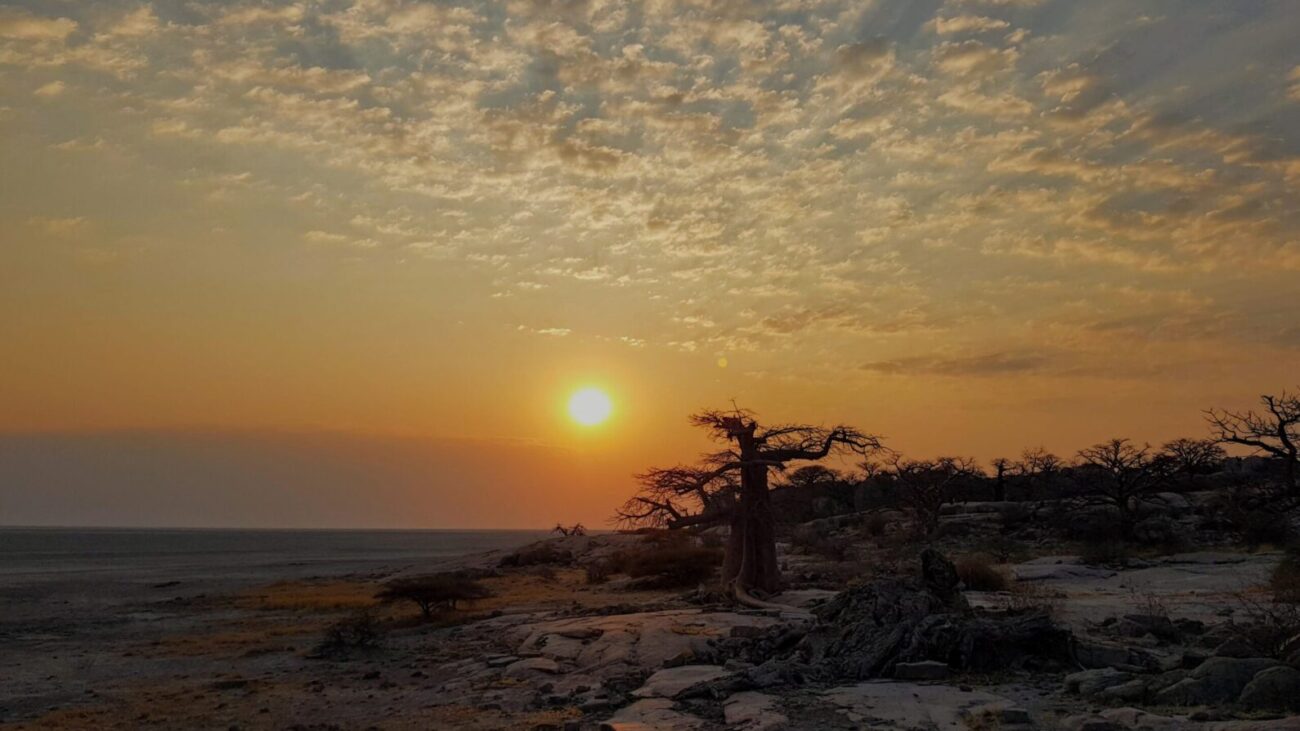

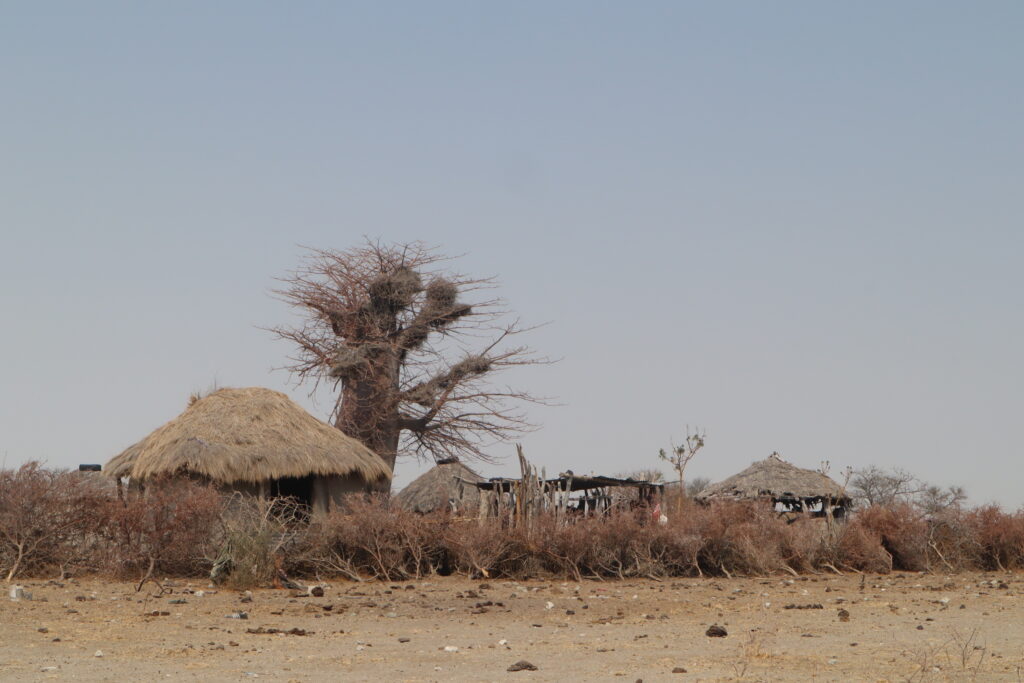
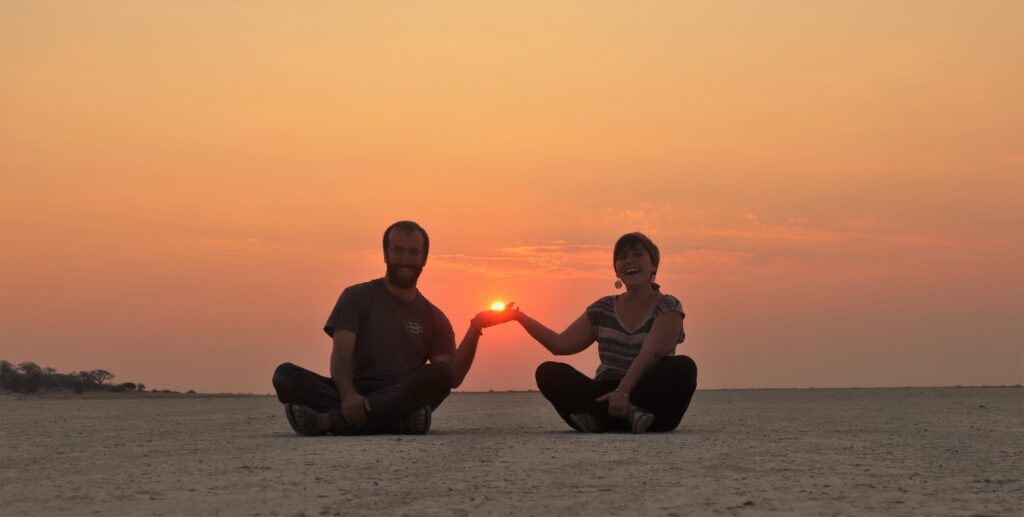



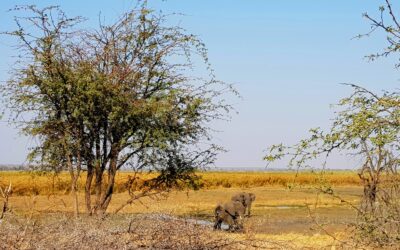



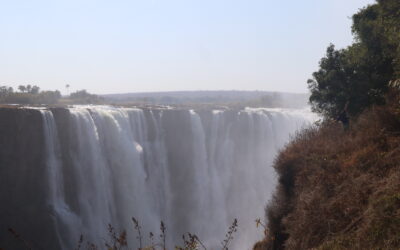
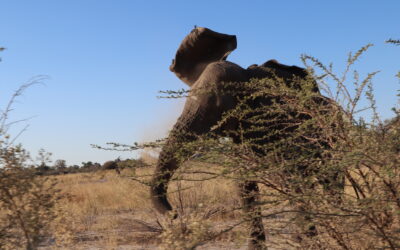

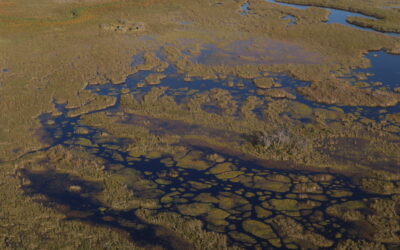
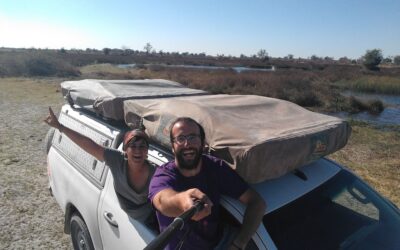

0 Comments